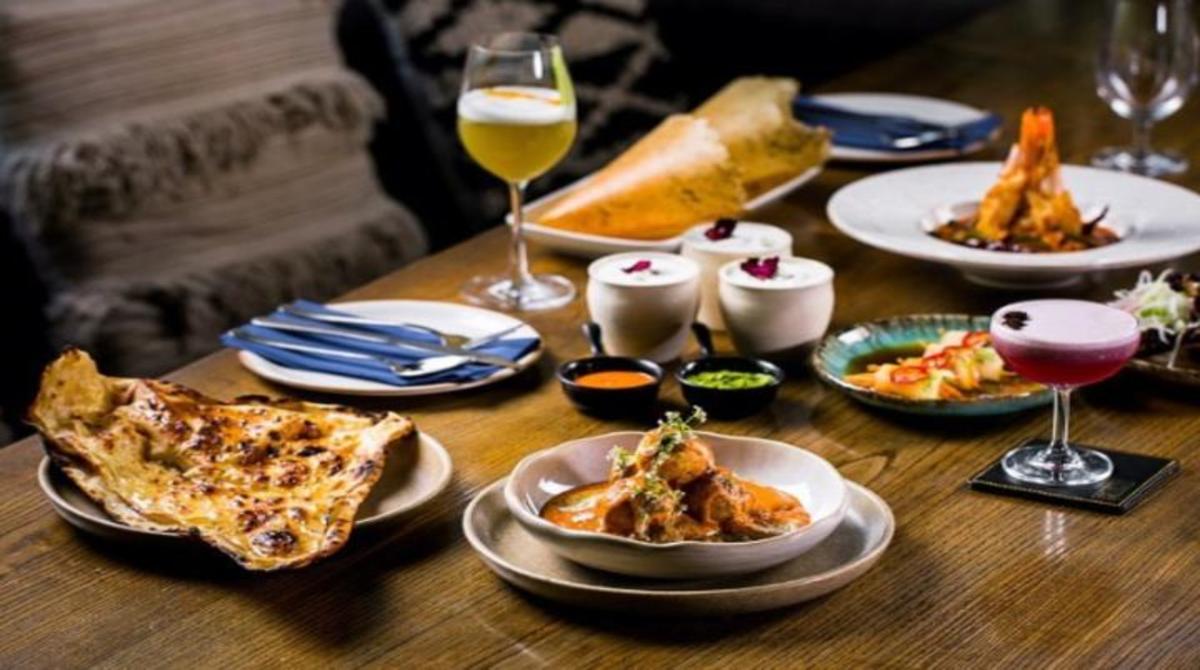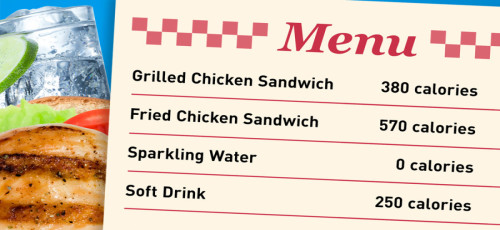How will Menu Labelling Impact Restaurants and Consumers?
July 20, 2022

The recently released FSSAI Labelling Regulations, 2020 grabbed a great deal of attention from media, industry and consumer bodies. The new regulations have made the display of the calorie count of food products on menu cards for restaurant chains and online food aggregators mandatory by 1st January 2022.
Food service establishments (restaurants, QSRs, cafés) having central licenses or outlets at 10 or more locations will need to display the “calorific value in kcal per serving and serving size” of food items on menu cards, booklets or boards. E-commerce food business operators will need to get their restaurant partners to display calorie information of food products on their digital platforms.
Restaurants will need to clearly display the allergen information of each recipe on their menu cards. The logos of vegetarian and non-vegetarian dishes will also need to be displayed on menu cards, booklets or menu boards.

What often gets talked about is the impact of such labelling regulations on both, industry and consumers, but one must realise that the impact of such regulatory changes must be looked at from a long-term perspective and not with a short-sighted view. Let’s look at the probable impact on the food industry and consumers –
Impact of Menu Labelling on Consumer Behaviour
Right to Information:
While most customers believe that restaurants must indicate nutrition values on menu items, consumers rarely seek information from restaurants or cafés. With this regulation in place, consumers will have access to the calorie content of their favourite dishes across their favourite outlets.
Empowerment to make healthy choices:
Nutrition Information on the menu card will enable the consumer to make conscious, healthier choices. Rational decision-making around foods will positively impact the health status of consumers in the country.
Building Trust in food brands:
Reading the list of ingredients, nutritional information, allergen list, and other information about menu items instils a sense of trust in the mind of the consumer toward the brand. Consumers often appreciate the efforts that restaurants put into sharing the correct information in an ethical, transparent manner.
The democratisation of the principles of nutrition:
Reading nutrition information on food items will encourage a greater understanding of food and its impact on consumer health and extend the dialogue to dining tables across households. Additionally, the move will instil mindful consumption as an early habit in children’s lives.
Impact of Menu Labelling on Food Brands
Leadership advantage:
While FSSAI has provided more than a year for restaurants and food service establishments to declare nutrition information, the best thing that consumer-centric brands must do is to take the lead and share the information voluntarily with consumers.
On the back of a pandemic, there is a seismic shift in how consumers perceive food. Consumers are seeking to make healthier choices as a lifestyle progression towards mindful consumption that promotes good immunity and overall health.
New Product development:
This is a great time for restaurants to look at their menus and establish a health section within their existing menus. Consumer demand for healthier menu items is on the rise and the trend is here to stay. While staying true to their core values and brand promise, it is essential for restaurants to innovate and create healthier options in their menu for the discerning consumer.
We are seeing options like vegan cheesecake, cauliflower rice, keto burgers, protein shakes, multigrain parathas, and many more such innovations adorn the menu card of leading restaurants. This offers a wonderful opportunity for product innovation that combines the values of taste and nutrition, a subject that has remained at loggerheads for time immemorial,
Customer Loyalty and Trust:
Consumers are delighted to see brands that care for their customers. Transparency on ingredients, cooking methods, nutrition information, and allergen lists, leave the customer delighted. This positive experience will help strengthen brand loyalty.
What are Consumers' Perceptions on Menu Labelling?
According to a report by the Times of India, most consumers are unaware of the FSSAI's menu-labelling mandates. However, consumers have expressed a desire for more information on allergens to be included in menus. One patron, Sneha Mehrotra, shared that if restaurants provided information on allergens, it would allow her to dine without any apprehensions. Similarly, Megha Chopra, a vegan, stated that if restaurants listed details of vegan-friendly dishes, it would help her a lot, especially when ordering food online. Both consumers expressed the need for strict implementation of these norms, particularly for fast food chains at popular locations and airports.
Read more at: Did you know it’s a must for restos to put calorie and allergen infos on menu | Times of India
How to get the Calorie and Nutrition Information for your menu?
If this information has got you excited about how menu labelling can change dining experiences in India for the better and you seek support on FSSAI’s menu labelling regulations, the first step is to complete a nutrition analysis for your menu items. Not in a manner of compliance alone. But in a manner of building consumer trust and transparency on a development that is now center stage of consumer consideration.
We recommend using FoLSol® - India’s 1st digital food labelling solution. This software is, much more cost-effective than alternative options, but it is also super simple to use. Plus, our FSSAI-compliant online nutrition analysis software will take care of nutrition information, calorie counts, nutrient content claims, and allergen info for you-all formatted according to FSSAI rules.
More on FoLSol (Food Labelling Solutions) - India’s 1st Digital Food Labelling Software
Also Read - Challenges In Menu Labelling: How To Overcome It!
References :
India has a hot new debate on its plate: Should the likes of Burger King, KFC and McDonald’s menus mention calories?. https://www.thehindubusinessline.com/economy/calorie-count-on-restaurant-menu-cards-to-be-made-mandatory-by-2022-fssai/article32447817.ece
Eat Right Initiative: With price, restaurant menu also to show nutritive value of cooked food. https://www.indiatvnews.com/news/india/fssai-eat-right-initiative-with-price-restaurant-menu-cooked-food-nutritive-value-638863
Impact of Menu Labeling on Consumer Behavior: A 2008–2012 Update. Research Review, June 2013. https://healthyeatingresearch.org/wp-content/uploads/2013/12/HER-RR-Menu-Labeling-FINAL-6-2013.pdf
The Impact of Menu Labeling on Consumer Behavior: What’s the Long-Term Goal? https://menucalc.com/2018/12/01/the-impact-of-menu-labeling-on-consumer-behavior-whats-the-long-term-goal/

Rashida Vapiwala (Founder at LabelBlind®, Food Label Specialist, Ph.D (Food Science and Nutrition))
Rashida is passionate about solving problems for the food industry using technology. She loves creating tech-led solutions in the space of Nutrition.
